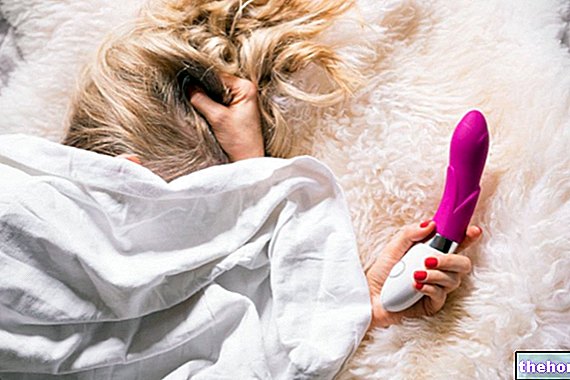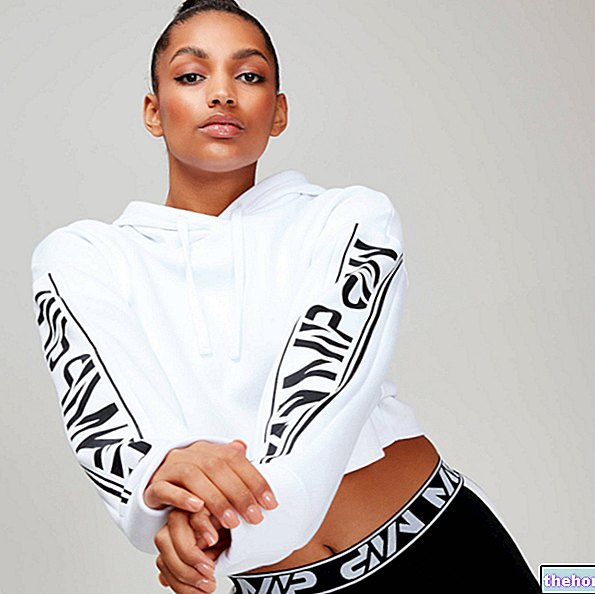Edited by Dr. Massimo Bonazzelli
Synonyms
The lat machine pull-ups exercise with prone back grip is also known as Lat machine Back pull downs, Lat machine rear pull donws, Back pull downs, Rear Pull downs
Type of Exercise
Lat machine pull-ups with prone back grip is a Multiarticular / accessory exercise
Variants
- Pull-ups with prone back grip
Lat-machine pull-ups with prone back grip: Execution
The starting position sees the athlete sitting on the lat machine with his legs locked, the back in his position of strength is perfectly vertical a few centimeters ahead of the pulley of the machine. The hands holding the bar with a prone grip, then with the back facing the athlete, they are placed at a distance greater than that of the shoulders which are abducted in the longitudinal plane. The elbows are extended. The shoulder blades, rotated upwards, can be elevated or depressed; in the latter case there is no action 5. The execution consists in pulling the bar down on the pure vertical plane, first, depressing the shoulder blades (if the starting position was with the shoulder blades elevated), then, maintaining fluidity in the movement, adducing the shoulders on the pure longitudinal plane, while the shoulder blades rotate downwards and are adducted and the elbows flex. The movement ends when the bar it touches the upper back behind the neck. This variant is aimed at the development of the lower bundles of the great dorsal which most influence the "V" shape of the chest, while in the flexion of the elbow the load is more on the brachioradialis and brachialis. of the pectoralis major is smaller than the variant with a prone front grip.
Muscles involved in the exercise Lat machine pull-ups with prone back grip
Group 0
- Great dorsal
- Big round
- Great pectoral
- Coracobrachialis
- Long head of the brachial triceps
Shoulder adduction
Group 1
- Brachioradialis
- Brachialis
- Brachial biceps
Elbow flexion
Group 2
- Intermediate beams of the trapezius
- Lower bundles of the trapezius
- Rhomboid
Scapular adduction
Group 3
- Scapula elevator
Lower scapular rotation
Group 4
- Small breastplate
Scapular depression (optional)
Function of the stabilizing muscles: Stability of the shoulder, shoulder blade, elbow, grip and torso




























